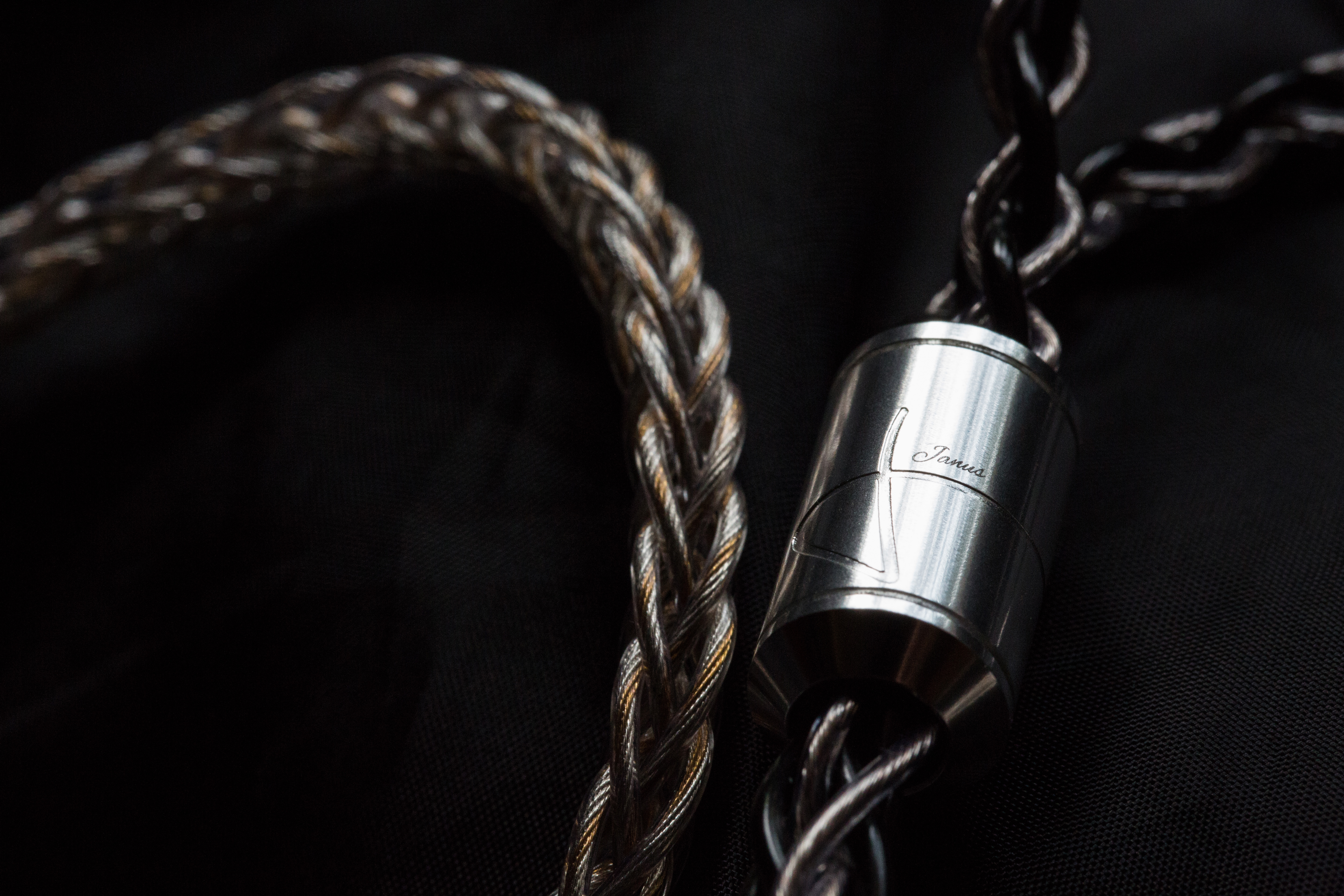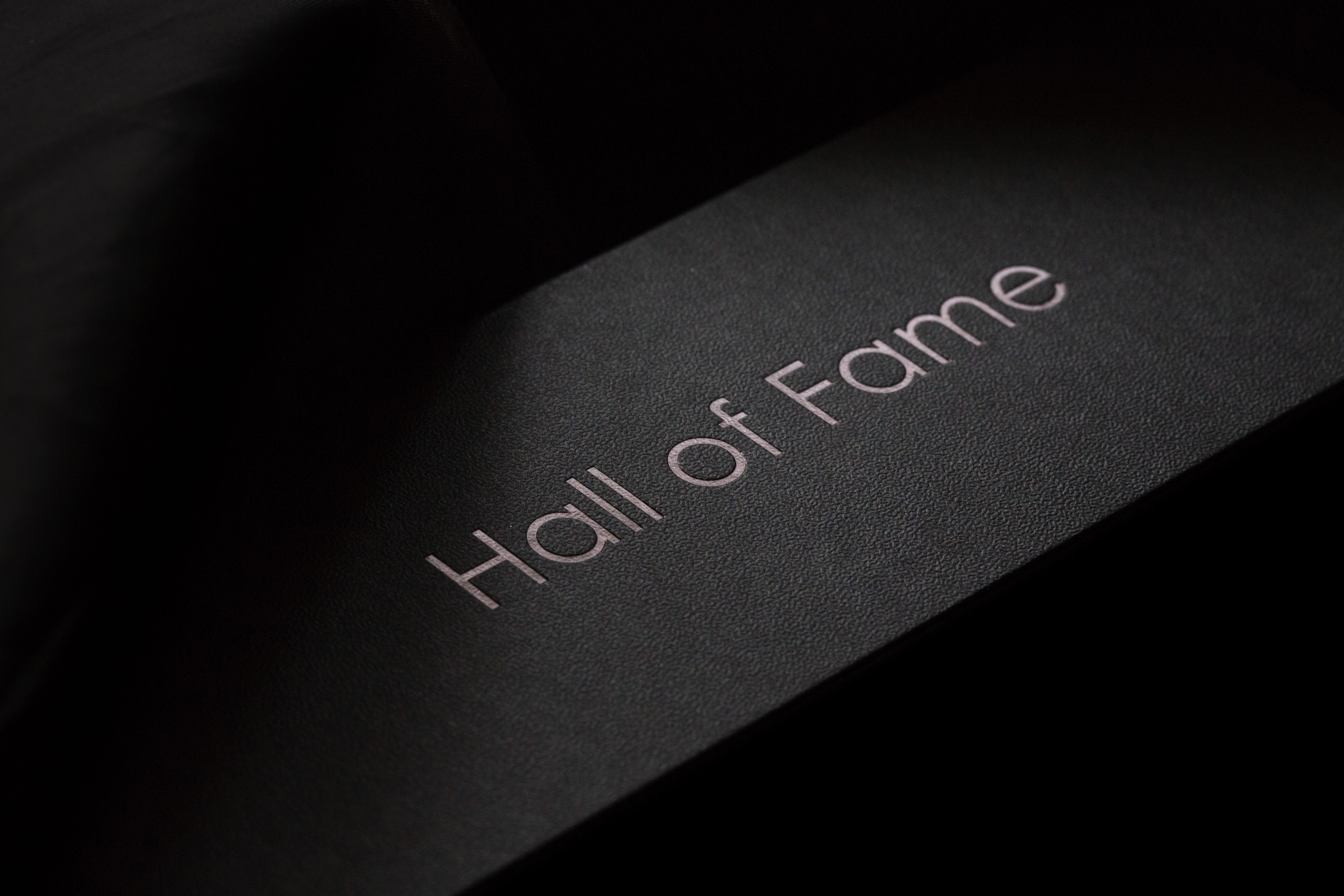Select Comparisons

Effect Audio Bespoke 8-wire Lionheart (S$1599)
The Bespoke Lionheart spits out a similarly grand image in width and height, but maintains intimacy in depth. This is due in large part to its warm bass and articulate lower-treble. The Janus D is significantly more linear, uncoloured and laid-back. Down low, the Lionheart throws looser punches; warm and meaty, yet a touch sluggish in decay. The Janus D’s comes with superior resolution, clarity and control. Thumps are visceral and defined, as they are textured and melodic.
The Lionheart’s vocals are further upfront, while the Janus D’s excel in refinement and transparency. The former is more rock out! while the latter has an effortlessness that significantly bolsters its resolution. The Lionheart’s instruments are more forwardly placed, while the Janus D’s sit relatively evenly with the rest of the frequency response. The Janus D has a faster, more refined treble with more headroom. The Lionheart’s is smoother and warmer, but more congealed.

PWAudio 2-wire 1960s (S$1399)
Like the Janus D, the 1960s is capable of strong three-dimensionality. Spatial resolution is excellent, exceptionally at the diagonals. As an instrument pans from left-to-right (or vice-versa), it’s especially easy to follow as it travels – giving the stage a well-defined spherical outline. But, this is also because the 1960s is deeper than it is wide, so 10 o’ clock and 2 o’ clock are closer to the centre image. The Janus D has a wider stage with greater headroom. The 1960s is more articulate because of its bright lower-treble. The Janus D is more laid-back, while the 1960s has a coloured, engaging tone.
In longer listening, the 1960s will prove more tiresome, as it focuses on crisper transients rather than richer harmonics. There’s clearly more snap to the note, while the Janus D balances between edge and body. The 1960s will sound more dynamic and lively as a result, while the Effect Audio conductor has superior linearity, refinement and space. The PWAudio cable invites energy and rhythm at the cost of transparency; its stage feeling a touch more claustrophobic than the Janus D, even though it displays excellent openness in and of itself. The Janus D simply has a more relaxed presentation, which – once again – makes it sound impressively effortless no matter how busy the track gets.
Verdict
The Effect Audio Janus Dynamic flaunts excellence in tonal balance, spatiality and resolution. It endows every monitor it’s paired to with dense, textured, strongly-defined images within a vast, transparent and unintrusive space. But, what truly impresses is the effortlessness with which it does so. While laid-back, organic signatures are typically associated with sluggishness and cloy, the Janus D subtly – yet crucially – injects its calmness with relentless authority and unwavering control. Within its raw, colourless palette are massive achievements in speed, definition and precision – spanning evenly throughout its entire spectrum. It truly is the best of both worlds; emotional in tone, methodical in execution.




